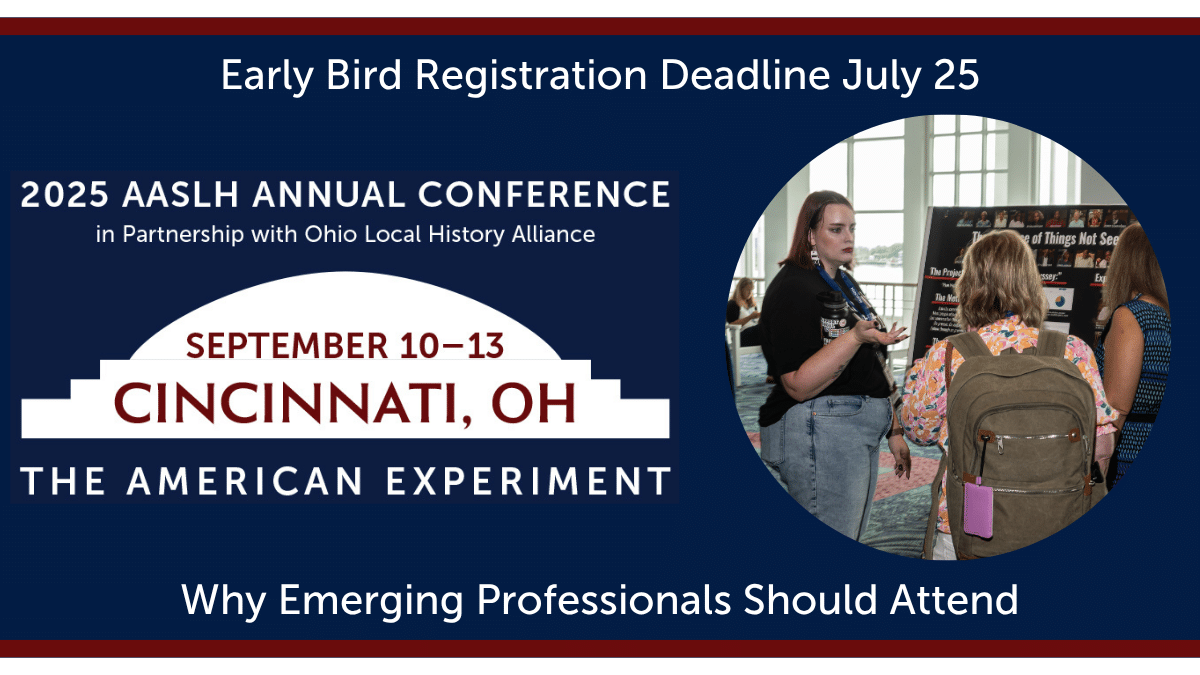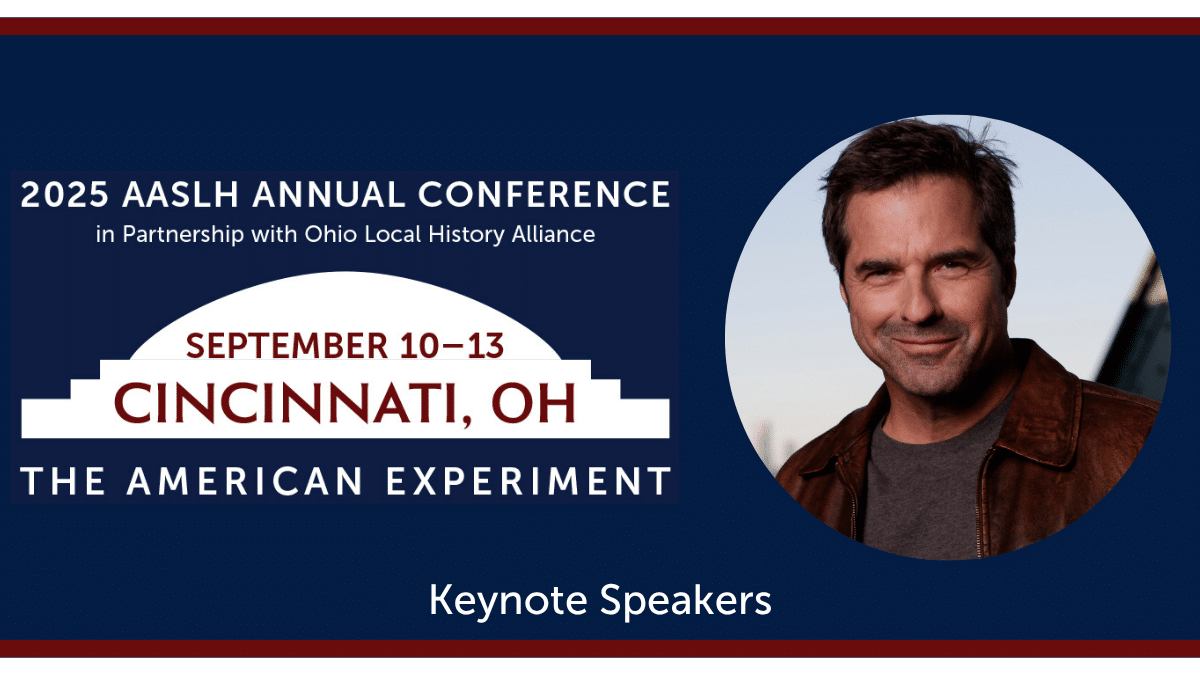
By Tim Grove, Grove History Consulting
Relevance is a concept that can be hard to grasp. Most organizations assume they are relevant, but often lack the data to prove it. Since 2013 the History Relevance initiative (HR) has been challenging the field to discuss and document relevance, and to find new ways to increase relevance. HR asks what a relevant history organization looks like and publishes occasional tools to aid the field’s self-assessment. HR’s first tool tackled the relevance of history as a discipline: the Value of History statement, seven ways that history is of value to society. The statement aims to help practitioners better articulate history’s value to their many stakeholders and to offer a unified language. Over 360 institutions nationwide have endorsed the value statement so far, and the conversation has started to change. After tackling the “why” and the relevance of history as a discipline, the HR folks focused last year on what it looks like to be a relevant institution.
A work group of five HR members crafted a document that articulated six characteristics that contribute to making an experience relevant. HR published the document in draft form in spring 2019 and throughout the summer and fall collected feedback from colleagues across the nation. The revised document, based on the field’s comments, is titled Five Qualities of a Relevant History Experience. The writers attempted to distill relevance into several easy to understand characteristics. As one of the writers, I can share that the biggest challenge was to avoid confusing relevance with effective educational programming. What is relevance at its essence?
Here are the Five Qualities in brief:
- Rooted in Historical Quality – offers historical context and perspective and is based on primary source materials
- Applicable – can be applied to participants’ lives in some way and fosters change in the community; teaches historical thinking skills
- Impactful – challenges familiar assumptions, provokes new thinking
- Current and Timely – relates to discussion happening at the local and national levels and provides historical background for current events
- Connected – shows continuity between past, present, and future and relates to individual and collective identities
Most “relevant” products or programs will not demonstrate every single one of these qualities, but developers should consider how they could potentially incorporate each quality. HR hopes it will be a helpful tool for increasing relevance. Eventually the document could include a rubric or other frameworks for further assessment.
Ultimately, the tricky thing about relevance is that it’s a moving target. Relevance is in the eye of the audience. What is relevant to one person may not be relevant to the next person. Yet, that shouldn’t stop us from striving to be relevant to as many people as possible.



